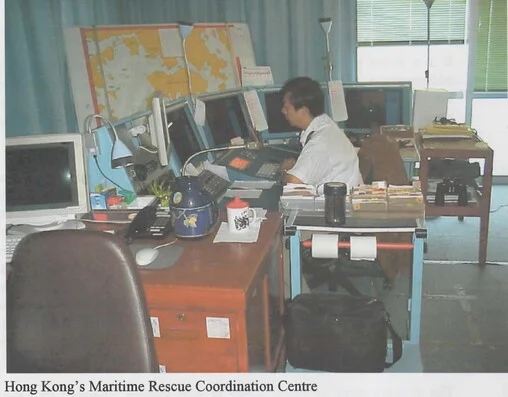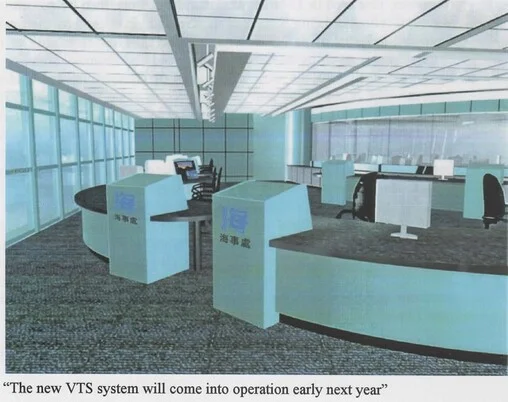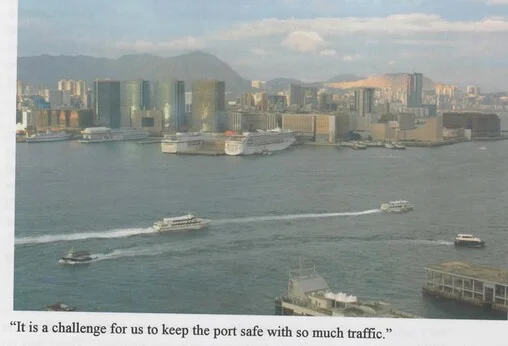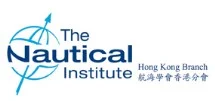keynote address
archive > archive documents
Keynote Address
Mr. S.Y. Tsui J.P.
Director of Marine
The Dynamic Port of Hong Kong
1. It is a proud privilege for me, a marine engineer by profession to be


addressing a seminar organized by Nautical Institute; Hong Kong branch.
Fortunately the seminar is not on nautical subjects but is about the Port of Hong Kong
which is very near and dear to my heart and very much concerned with my job.
2. I see that the Nautical Institute has chosen eminent speakers who are
experts in their own field, namely history of the port, economy,
container port, safety of mega passenger ships, shipmanagement, etc.
and this seminar should be very interesting and very absorbing for you
all. Hong Kong's history traces back to 1841 when the British occupied
Hong Kong Island. It was only a barren island off the Southeast coast
of China. Do you know why the British chose Hong Kong not Macau
or any other place around this region? Because it was a natural harbour.
The water inside Victoria Harbour and the channels leading into
Victoria Harbour were deep and it provided an excellent shelter from
the typhoons sweeping across the South China Seas.
3. The success story of Hong Kong is well known. Devoid of natural
resources, shattered in 1941 by war, inundated since then by successive
waves of refugees, Hong Kong has survived all. Propelled by the work
ethic and industry of its inhabitants, and the skill and flexibility of its
entrepreneurs, given by its Government social and financial stability, it
has thrust itself into the very front ranks of commercial and trading
centres. The boost to the port of Hong Kong came in the mid-1970s
when China opened its door to foreign trade. It was natural for the
world to route the trade through Hong Kong port as it has the
infrastructure and was user-friendly. Hong Kong was and still is a free
port. Trade can pass through Hong Kong with least amount of
formalities. We would like to keep it that way.
4. The first container terminal was developed in 1972. Since then we have
added 7 more terminals and one is under construction. Hong Kong has
been No. 1 container port since 1992 except for 1998 when Singapore
handled more containers than Hong Kong. I am sure with dynamic
container operators here, we should be able to retain our position in the
near future. Mr. Christensen will elaborate on this subject later.

5. Hong Kong is one of the busiest ports in this part of the world. Last
year the movement of ocean-going vessels, i.e. arrival and departure
amounted to 74,830 which means that an ocean-going ship was either
leaving or arriving into Hong Kong every 7 minutes. In addition, the
movement of river trade vessels amounted to 358,470. This is inclusive
of 119,690 voyages made by Hi-Speed Craft between Hong Kong and
Pearl River delta ports carrying a total of 17.08 million passengers.
6. The present VTS System we have was set up in 1989. With the recent
technological advancements and necessity to effectively manage the
mixed traffic of ocean-going ships, river trade vessels from China and
the local vessels, we decided to upgrade our VTS System. The new
VTS System will come into operation early next year. The system will
provide the latest technology such as AIS (Automatic Identification
System), ECDIS (Electronic Chart Display and Information System),
CCTVs (Close Circuit Televisions) etc. We hope to improve our
services to meet the future traffic needs.

7.You may ask me as to how safe is our port? I can assure you that it is

very safe. In 1998 we had only 10 serious or very serious incidents, in
1999 it was 11 and in 2000, there was only one incident. There was no
serious or very serious incident in the first half of this year. It is a
challenge for us to keep the port safe with so much traffic. In addition
to the VTS System, we have Harbour Patrol Service to monitor and
regulate the traffic in the busy areas and black spots.
8. What is the future of this port? Well! I will leave it to the speakers to
talk about it. As far as I am concerned, it will continue to be bright and
all those connected with the maritime field will have a role to play in
the prosperity of Port of Hong Kong. Hi-tech is being used in almost all
the industries including shipping. Most of the ships these days have
satellite navigation receivers and ARPA. New ships are required to
have on board Automatic Identification Systems and many ships are
being fitted with electronic charts. IMO is working towards computer
based training for seafarers. We in Hong Kong are looking into the
technology available to develop the e-navigation capabilities for ships
visiting Hong Kong.
9. I see the students from the Polytechnic University and Tsing Yi Marine
Institute have been invited by the Nautical Institute to listen to the great
speakers today. They are the future of this port. They have a great role
to play. I hope more and more youngsters will take up the seafaring and
maritime related career to be a part of this prosperous and wonderful
Port of Hong Kong.


